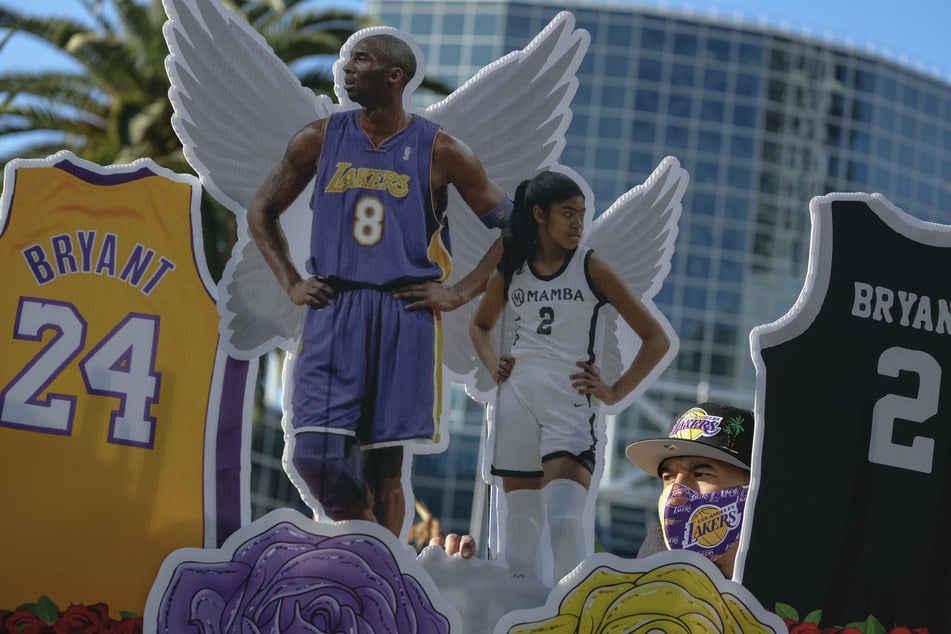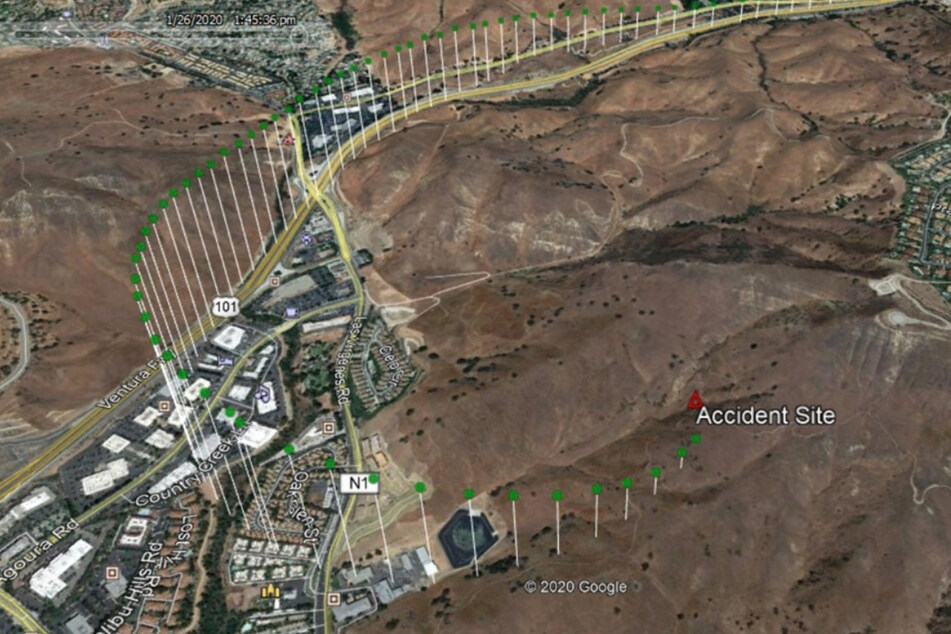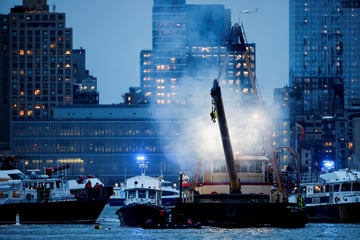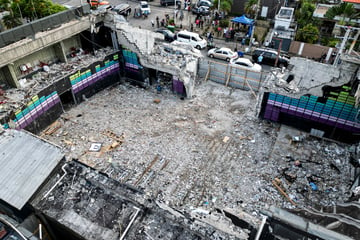Investigation reveals what caused Kobe Bryant's fatal helicopter crash
Los Angeles, California- In a public meeting on Tuesday, the National Transportation Safety Board (NTSB) determined that the crash that killed Kobe Bryant, his daughter, six other passengers, and the pilot, was the result of the pilot's poor decision-making and spacial disorientation.

The helicopter crashed in Calabasas, California on January 26, 2020, about 39 minutes after leaving John Wayne Airport-Orange County, Santa Ana, California.
During the flight, the pilot Ara Zobayan, who also died in the accident, encountered thick fog. He decided to fly through the cloud despite the fact that he was required to be able to see at least half a mile ahead, as well as the ground.
Under these restrictions, he was prohibited from flying into "instrument meteorological conditions" like fogs and clouds by federal regulations, according to the NTSB's press release.
About two minutes before the crash, Zobayan told air traffic controllers that he was climbing to 4,000 feet and would soon "punch up" above the clouds. But he was in fact descending at a rapid speed. In other words, the pilot was suffering from spacial disorientation – he didn't know which way was up.
The NTSB's press release said that a witness saw the helicopter emerge from the clouds about two seconds before it crashed into the hillside below.
Since the crash, there has been a lot of blame, finger pointing, and more than a few lawsuits, as well as new federal and state legislation about the photographing of cash sites. Kobe's widow Vanessa has blamed the pilot. The helicopter company blamed the crash on the weather conditions and air traffic controllers.
"Poor decision" and "self-induced pressure" led to crash

The NTSB said that the pilot made a "poor decision" to fly at high speeds in bad weather and that the "self-induced pressure" to complete the flight hindered his ability to make safe decisions.
According to the New York Times, investigators said that once Zorbayan became disoriented, he didn't use or trust his instruments fully. Zobayan was a widely respected pilot who was certified to fly with instruments meant to help pilots orient themselves in low or zero visibility situations. The helicopter company however was not permitted to fly in such conditions.
NTSB Chairman Robert Sumwalt said, "Unfortunately, we continue to see these same issues influence poor decision-making among otherwise experienced pilots in aviation crashes." Sumwalt also said that the crash may not have occurred if the pilot had not pushed himself to fly in the bad weather.
But the board also highlighted the fact that Island Express Helicopters Inc. had not done an adequate review of its safety management processes. Sumwalt said, "A robust safety management system can help operators like Island Express provide the support their pilots need to help them resist such very real pressures."
According to the board, spacial disorientation has been a contributing factor in 184 fatal aircraft accidents between 2010 and 2019, 20 of which were helicopter accidents.
Cover photo: MAGO / ZUMA Wire

